
904L and 310S have significant differences in many aspects
1. Chemical composition 904L: Super austenitic stainless steel, known for its high chromium, nickel and molybdenum content, and also contains a certain amount o
1. Chemical composition
904L: Super austenitic stainless steel, known for its high chromium, nickel and molybdenum content, and also contains a certain amount of copper. Its chemical composition includes carbon (≤0.020%), silicon (≤1.00%), manganese (≤2.00%), phosphorus (≤0.045%), sulfur (≤0.035%), chromium (19.0% - 23.0%), nickel (23.0% - 28.0%), molybdenum (4.00% - 5.00%) and copper (1.00% - 2.00%). The high alloy content makes 904L have excellent corrosion resistance and high strength.
310S: High alloy austenitic stainless steel, the main components are carbon (≤0.08%), silicon (≤1.50%), manganese (≤2.00%), phosphorus (≤0.035%), sulfur (≤0.030%), nickel (19.00-22.00%) and chromium (24.00-26.00%). The high percentage of chromium and nickel content allows 310S to maintain stable mechanical properties and corrosion resistance at high temperatures.
2. Physical properties
904L: The density is about 8.0 g/cm³, and the melting point ranges from 2372 – 2520°C. Its high melting point indicates that it has high thermal stability.
310S: The density is also about 8.0 g/cm³ (after solution treatment), and the melting point is about 1398°C (reference data may fluctuate). Although the melting point of 310S is lower than that of 904L, its performance at high temperatures is still excellent.
3. Corrosion resistance
904L: It exhibits excellent corrosion resistance in a variety of corrosive media, and is particularly suitable for handling corrosive media such as sulfuric acid, acetic acid, formic acid, and phosphoric acid. Its high chromium, high nickel, and molybdenum content, as well as the addition of copper, enhance its resistance to chloride crevice corrosion and stress corrosion cracking.
310S: Due to the high percentage of chromium and nickel content, 310S also has good corrosion resistance to most chemical media such as acids, alkalis, and salts. However, in specific corrosive media, its corrosion resistance may be slightly inferior to 904L.
4. High temperature resistance
904L: Although 904L has excellent corrosion resistance at room temperature, its high temperature strength is relatively poor. This is mainly due to its very low carbon content, which leads to insufficient strength at high temperatures. Therefore, the application of 904L in high temperature environments is relatively limited.
310S: Known for its excellent high temperature resistance, it can withstand temperatures up to 1100°C and maintain stable mechanical properties and corrosion resistance at this temperature. This makes 310S an ideal material for high temperature environments.
5. Application fields
904L: Widely used in chemical, marine, papermaking, food processing, environmental protection and other fields. Its excellent corrosion resistance and high strength make it an ideal choice for handling corrosive media.
310S: Due to its excellent high temperature resistance and corrosion resistance, it is widely used in high temperature equipment in the petroleum, chemical, pharmaceutical, papermaking, shipbuilding and other industries. At the same time, it is also used for high temperature and corrosion resistant parts in nuclear power, military, machinery, environmental protection and other fields.
stainless steel processing
The manufacture of stainless steel involves a series of processes. First, the steel is melted, and then it is cast into solid form. After various forming steps, the steel is heat treated and then cleaned and polished to give it the desired finish. Next, it is packaged and sent to manufacturers, who weld and join the steel to produce the desired shapes.
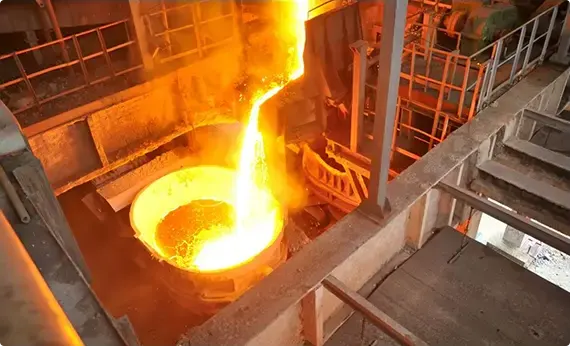
Melting and Casting
The raw materials that constitute a stainless steel item are placed together and melted in a giant electric furnace. Intense heat is applied rigorously for a period of 8 to 12 hours during this step. Once the melting is complete, the molten steel is cast into desired semi-finished forms. Some of the most common forms or shapes include slabs, blooms (rectangular shapes), billets (these could either be round or square), rods, and tube rounds.

Forming
In the second stage, the semi-finished steel shapes undergo a series of forming operations. For instance, the stainless steel is hot rolled (heated and passed through enormous rolls). The blooms and billets mentioned above are converted to bar and wire. The slabs on the other hand are formed into plates, strips or sheets. It is very common to turn semi-finished steel shapes into bars, as it is the most versatile stainless steel form (it comes in all grades and sizes). You have round, square, octagonal, and hexagonal bars, each suitable for a different type of application.
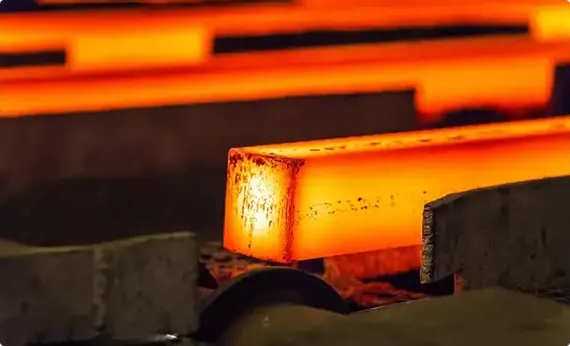
Heat Treatment
The various stainless steel forms undergo a thorough annealing process during this step. Annealing is another name for heat treatment where the stainless steel is heated and cooled in a controlled environment. The purpose of this heat treatment is to relieve the pent-up stress inside the stainless steel and soften the material to make it more suitable for a wide variety of applications. The people in charge of carrying out the annealing process have to be very careful about the conditions as even the slightest of changes in the temperature, pressure, duration, or cooling rate could result in a faulty product.
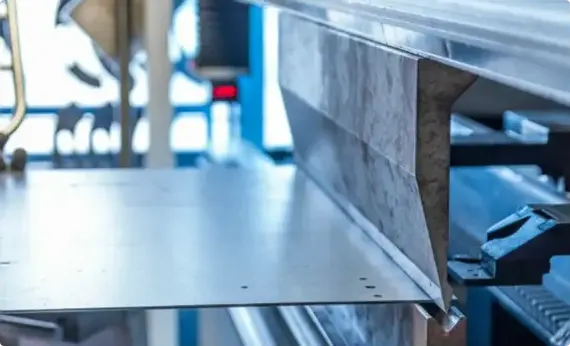
Descaling
During the annealing process, a certain amount of scale appears on the surface of the stainless steel. This scale can be removed using a number of different processes that are collectively known as descaling. Pickling is one of the more common methods of carrying out the descaling process.
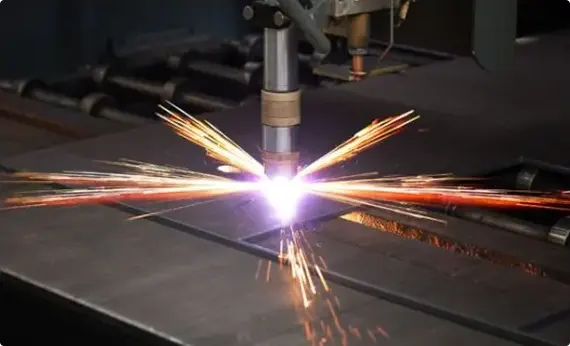
Cutting
The semi-finished, heat-treated, and descaled stainless steel forms are cut into specific shapes in this step. Mechanical cutting is performed with the aid of guillotine knives, blanking, nibbling, and high-speed blades.
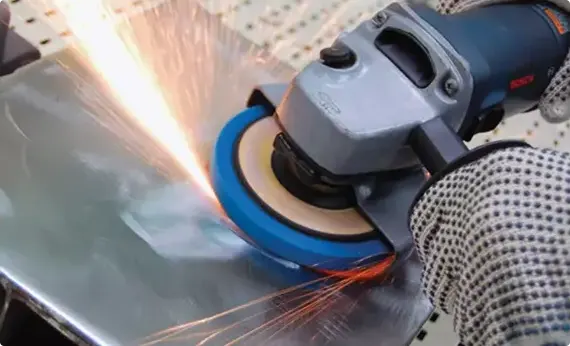
Finishing
Finishing is applied to help the stainless steel product achieve its signature aesthetically appealing appearance. Finishes are also needed to make the stainless steel product smooth and easier to clean, which is a top requirement in sanitary applications.
